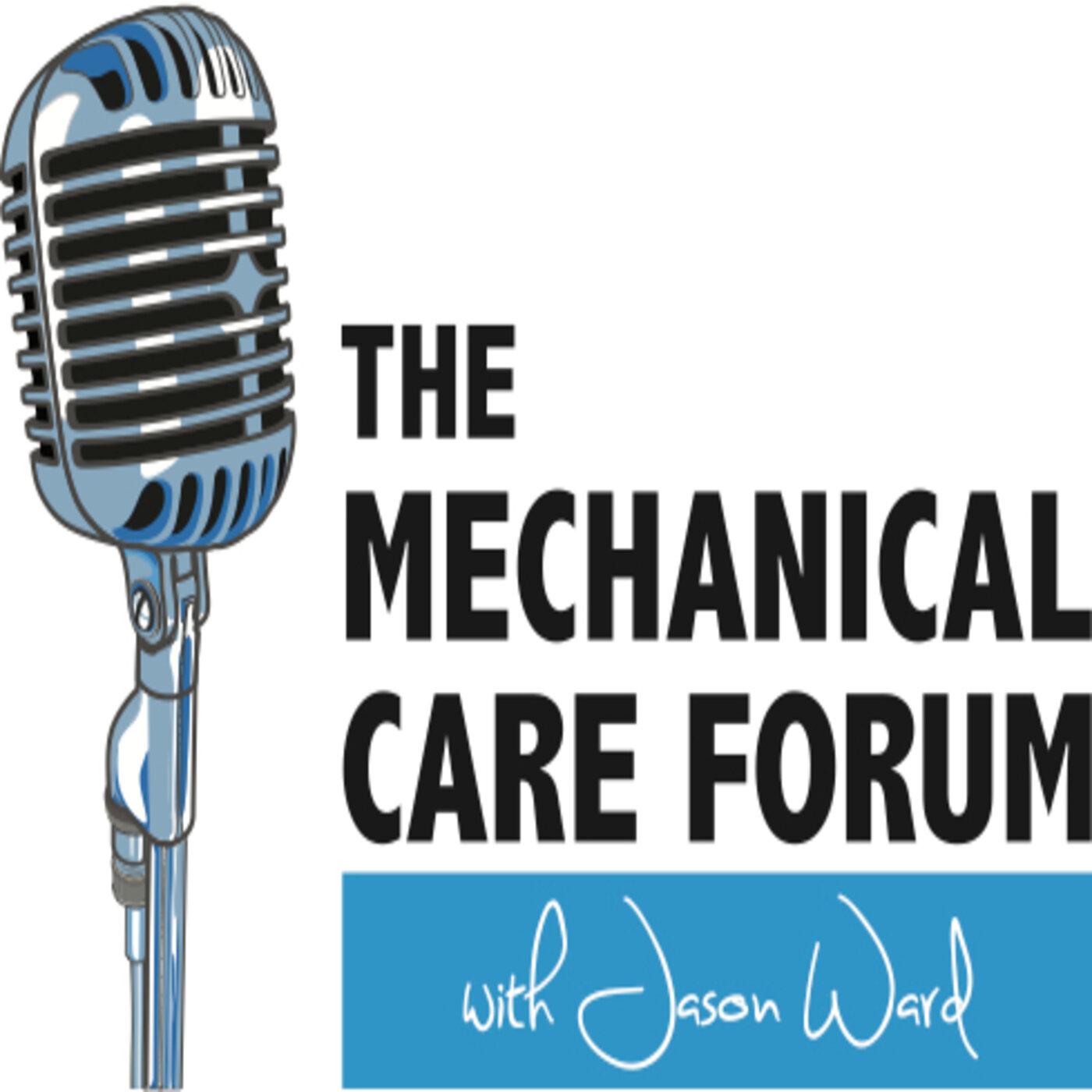Dr Mark Laslett, FNZCP, PhD, Dip.MT, Dip.MDT
Show Notes
Greatest Challenges
The greatest barrier to progress to Dr. Laslett is dogma. It has gone from biomedical to also include psychosocial dogma. The inability to think outside our comfort zone and the unwillingness to change when truth is revealed that contradicts what is the current accepted truth are other barriers.
Primary Strength
What is really, really special is that we can educate patients to take care of himself. Robin McKenzie was the first to emphasize that we, as clinicians, can be part of the problem if we get in the way of the patient caring for himself. We must learn to use posture instruction, self treatment, education and exposure principles for the patient and further develop classification systems. The integration of many aspects is where the future lies.
Memorable Patient Story
Mark reflects on a patient with a kyphotic deformity that he felt sure he’d know how to ‘fix’ him. And upon the initial reasonably favorable response he sent him home with the apparent appropriate program. Upon the next few visits he observed a moderate improvement in posture but persistent complaint of pain. Dr. Laslett describes grasping at straws with modalities with insignificant aid. The patient finally arrived on a follow-up feeling much better and what triggered that relief was most unexpected by Mark but taught him a memorable lesson.
Patient Analogy
Mark often uses the disc model when centralization is demonstrated and he draws it. He says, “who cares if it’s right or not” it helps the patient understand and gives them a mental grasp of what is involved in recovering from a posterior derangement. For a patient with a dysfunction he uses 3 golden rules: 1. The patient must produce the pain with each movement on a regular basis. 2. They mustn’t leave themselves more painful 30 minutes after the session than before they started, and 3. They shouldn’t progressively worsen over successive days as they continue.
Best Advice
From Robin McKenzie he was asked, “Check your appointment book and see how many patients have come back to you for the same problem.”
Resources
A close personal relationship with a medical specialist who knows what you do and understands your strengths and limitations and knows that you know your limitation. Access to a university library is the other resource he finds really important.
Impactful Studies
This study revealed to Mark what is wrong with doing randomized control studies on back pain.
Intradiscal methylene blue injection for the treatment of chronic discogenic low back pain.
Peng B, Zhang Y, Hou S, Wu W, Fu X.
Eur Spine J. 2007 Jan;16(1):33-8. Epub 2006 Feb 22.
Does nuclear tissue infected with bacteria following disc herniations lead to Modic changes in the adjacent vertebrae?Albert HB, Lambert P, Rollason J, Sorensen JS, Worthington T, Pedersen MB, Nørgaard HS, Vernallis A, Busch F, Manniche C, Elliott T.
Eur Spine J. 2013 Apr;22(4):690-6. doi: 10.1007/s00586-013-2674-z. Epub 2013 Feb 10.
This identifies a non mechanical discogenic pain with which mechanical treatment will fail because the pain is inflammatory.
Shoulder pain in primary care – Part 2: Predictors of clinical outcome to 12 months.
Laslett M, Steele M, Hing W, McNair P, Cadogan A.
J Rehabil Med. 2014 Dec 18;47(1):66-71. doi: 10.2340/16501977-1885.
Personal Habit
He tries to stick to Cyriax’s maxim, “The truth that lies within.” He avoids starting off with a preconceived idea of what is going to happen and resists that notion of getting in the way. He allows the data from that patient to dictate what is prescribed.
Parting Words
We are in a unique profession. We have the ability to change patients. We are in one of the best professions to be in. You’re never, ever, ever going to know it all and that’s ok.
To reach out to Dr. Laslett he can be reached at: mark.laslett@xtra.co.nz
To contribute:
Give a 5-star review on iTunes;
Share EP #49 with a friend; and/or
Connect with us on the Spotify MCF Podcast and MCF Instagram page!
Thanks for your support!

